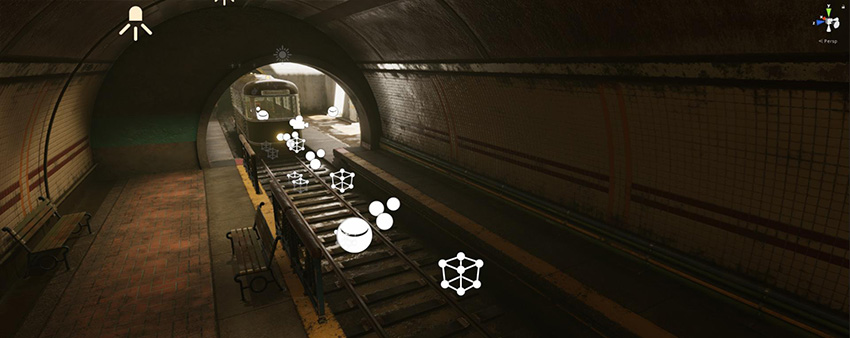- Unity User Manual (2020.1)
- Графика
- Graphics tutorials
- Making believable visuals in Unity
Making believable visuals in Unity
Note that this guide was originally created for use with the Built-in Render Pipeline in Unity 2017.3. For information on adapting this guide for use with the Universal Render Pipeline (URP) and the High Definition Render Pipeline (HDRP), see Update: believable visuals in URP and HDRP.

This guide looks at the fundamental steps for setting up a good baseline for believable visuals. The advice in this guide is provided by the Spotlight Team at Unity. The Spotlight Team help developers and content creators achieve the desired look and quality for their projects. They hear stories from across the industry, and can identify the common issues that customers face. Questions that often arise when making a Scene are “How do we build to a fairly realistic standard visual?” and “How do we make a Scene in Unity that looks believable?”.
Light, texture, scale, and material all need to work together to make digital content look real. With massive amounts of features, functions, options, properties, systems and variables to tweak, you could ask “Where do I start?” and “In what order do I proceed?”. This guide aims to answer these questions.
Contents
- Preparing Assets for Unity
- Preparing render settings in Unity
- Lighting strategy
- Modelling
- Shading
- Outdoor lighting and Scene setup
- Indoor and local lighting
- Understanding post-processing
- Dynamic lighting
Sample scene
This guide is accompanied by the Spotlight Tunnel sample scene:

To use the sample Scene, extract the Project to a folder and open the Project in Unity.
All Assets provided in this sample project should only be used for projects developed with Unity.
- Making believable visuals Best Practice Guide added in Unity 2017.3 NewIn20173